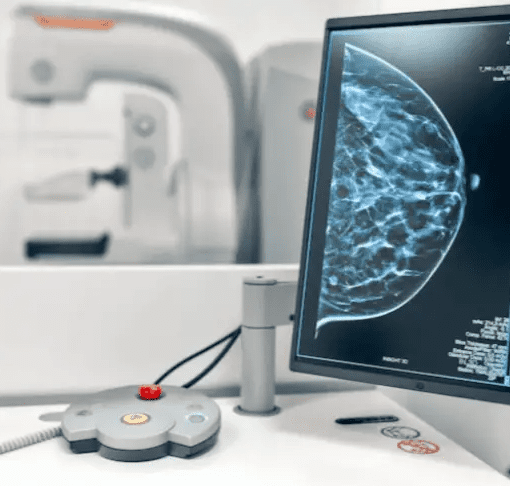Q24N — Panamanian President José Raúl Mulino ruled out any negotiations with the United States on the Panama Cnal and tariffs for vessels from the United States after President-elect Donald Trump threatened to take back the maritime passage.
At a press conference on Thursday, December 26, Mulino said: “There is no possibility for this president to say anything that seeks to rethink the legal-political reality of the Panama Canal in Panamanian hands. If there is an intention to talk, then there is nothing to talk about”.
“The canal is Panamanian and of the Panamanians, there is no possibility of opening any kind of conversation around that reality, which has cost the country blood, sweat and tears,” he added.
– Advertisement –
The Panama Canal, built by the United States and inaugurated in 1914, passed into Panamanian hands on December 31, 1999, by virtue of treaties signed in 1977 by the then US president, Jimmy Carter, and then Panamanian president, Omar Torrijos.
Trump threatened last Saturday to regain control of the canal if the tolls for American ships are not reduced, even though the rate paid by ships is not determined by the country of origin.
“The rates charged by Panama are ridiculous (…) this complete scam of our country will cease immediately,” Trump said.
Read more: Why Didn’t The US Keep The Panama Canal?
The US was paying “a pittance”
But Mulino ruled out reducing the price of tolls for American ships in the canal.
– Advertisement –
“In the canal, the tolls are not set at the whim of the president or the administrator [of the canal]. There is an established process to set the canal tolls that has been respected from day one to date, it is a public and open process,” said Mulino.
The 80-kilometer-long canal connects the Pacific Ocean with the Atlantic. The United States, with 74% of the cargo, and China, with 21%, are its main users. They are followed by Japan, South Korea, and Chile.
The rates paid by vessels to use the waterway are set by the Panama Canal Authority, an autonomous Panamanian public entity, based on the needs of the canal and the demand of international trade.
The toll system “is differentiated by market segment, neither the country of origin nor the destination nor the registration of the vessel matters,” former canal chief Jorge Quijano explained to AFP.
– Advertisement –
“Any increase in tolls and tariffs for the transit of vessels must be analyzed based on our competitiveness as a country,” he added.
The canal contributes 6% of Panama’s GDP. In the last fiscal year, more than 11,200 ships crossed it, with 423 million tons of cargo. It contributed US$2.47 billion dollars to the treasury.
Since 2000, it has delivered more than US$28 billion dollars to the Panamanian treasury, much more than in the 85 years of US administration (US$1.878 billion).
“The amount we were paid as a country until 1999 was a pittance,” Mulino stressed.
Quijano said that the Americans “benefited greatly from the canal, now under these almost 25 years of Panamanian administration, the canal seeks to ensure that its benefits go to Panamanians.”
“There are no Chinese soldiers”
The canal, through which 5% of the world’s maritime trade circulates, connects more than 1,900 ports in 170 countries. Last year, 52% of the ships had ports in the United States as their origin or destination.
The Panamanian president also rejected Trump’s accusations about alleged interference by China in the trade route. He even said that there are Chinese soldiers illegally operating the canal.
“There is absolutely no Chinese interference or participation in anything that has to do with the Panama Canal (…), there are no Chinese soldiers in the canal, for the love of God,” said Mulino.
“These may be geopolitical fears that may have some validity from their perspectives, but as far as Panama is concerned, there is absolutely no truth to them,” he added.
Panama established diplomatic relations with China in 2017, after breaking ties with Taiwan, a decision criticized by the (first) Trump administration.
– Advertisement –
Source link
Q24N



